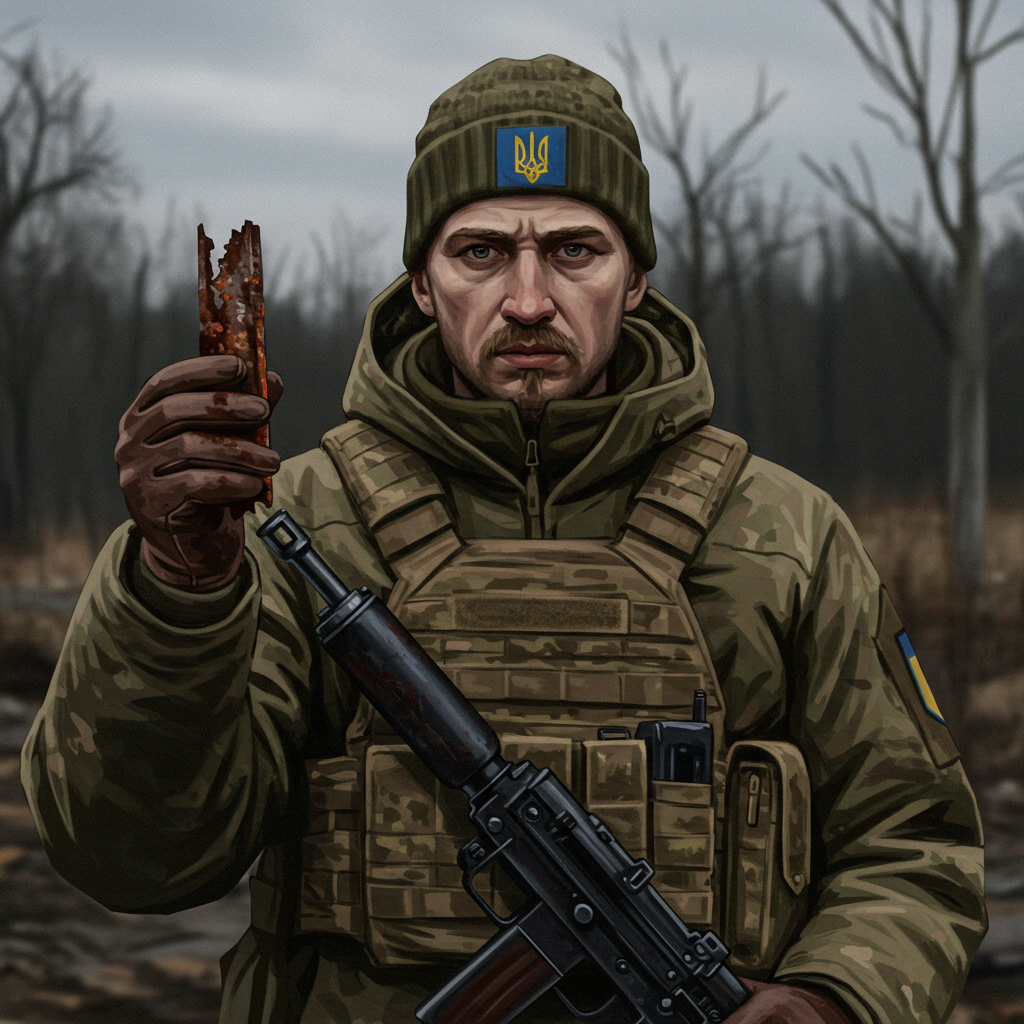NATO Summit Focuses on Defense Spending Hike Driven by US Pressure
Ahead of a crucial NATO summit in The Hague set for June 24-25, the persistent push by the United States for its allies to significantly increase defense spending is set to dominate discussions. Secretary of State Marco Rubio recently highlighted this influence, dubbing the upcoming gathering the “Trump summit.”
Rubio credited President Donald Trump’s consistent pressure during his first term and since for galvanizing alliance members toward greater financial commitment. “I would call this the Trump summit,” Rubio stated, observing that this pressure, combined with the stark reality of Russia’s full-scale invasion of Ukraine, has spurred nearly every NATO partner to pledge higher defense expenditures.
The Ambitious Spending Target: From 2% to 5%?
For years, NATO members have aimed to spend at least 2% of their Gross Domestic Product (GDP) on defense. However, the Trump administration has aggressively advocated for a far higher benchmark. Figures like US Defence Chief Pete Hegseth have publicly demanded that allies commit to allocating a full five percent of their GDP to defense.
While meeting a 5% target immediately is seen as challenging by many European nations, NATO Chief Mark Rutte has reportedly proposed a compromise likely to be endorsed at the summit. This plan suggests a target of 3.5% of GDP specifically for core military spending and an additional 1.5% on broader security-related areas, totaling the five percent but spreading the burden and extending the timeline, potentially aiming for 2032. This compromise appears designed to allow President Trump to claim a significant victory on his key demand. Experts note that meeting NATO’s new capability requirements alone is estimated to necessitate spending between 3.5% and 3.7% of GDP, aligning the proposed core military target with operational needs.
Despite the alliance-wide movement towards higher spending, achieving even the original 2% target has been a struggle for some. In the past year, only 23 out of 32 members met the 2% threshold, with countries like Italy and Spain falling short.
Spain’s Contention Becomes a “Big Problem”
Amidst the collective effort, Spain has emerged as a point of friction. Prime Minister Pedro Sánchez reportedly secured an exception from the defense spending target at the eleventh hour, drawing sharp criticism.
Secretary Rubio did not shy away from highlighting the issue. He called Spain’s move a “big problem,” asserting that the agreement they reached is “unsustainable.” Rubio warned that Spain’s stance puts them in a “very tough spot” with fellow allies and partners and anticipated it would be a significant topic of discussion among leaders. There are also concerns that Spain’s position could embolden other nations seeking to avoid their commitments. Spain was already projected to reach the 2% GDP target only by the end of the current year.
Navigating Broader Transatlantic Tensions
Rubio’s comments underscore the complex state of transatlantic relations. While the US is pressing hard for allies to increase burden-sharing, European leaders harbor anxieties about the long-term reliability of US commitment to the alliance, particularly under a potential future Trump presidency.
These concerns are amplified by recent signs of divergence, including:
Sharp criticism from US Vice President Vance directed at European leaders regarding political discourse.
Reports of the US holding separate discussions with Russia over Ukraine that excluded Kyiv.
Prominent European figures, like Germany’s Friedrich Merz, questioning the unconditional nature of the US commitment to NATO’s mutual defense clause (Article 5).
A US vote against a Europe-backed resolution condemning Russia at the UN General Assembly.
Rubio’s recent visit to Brussels included efforts to reassure allies of continued US support, even while reinforcing the demand for a “realistic pathway” towards the five percent defense spending goal. This diplomatic outreach occurred concurrently with a rare visit to Washington by a high-level Russian envoy, Kirill Dmitriev, aimed at restoring US-Russia ties, raising further questions among European partners about the US approach to Moscow and the war in Ukraine. European leaders, including NATO Secretary General Mark Rutte, remain adamant about the need for strong support for Ukraine and a just, lasting peace settlement that includes Kyiv’s perspective.
Rubio maintains that increased investment across the alliance is vital for confronting evolving threats from Russia, China, and Iran. He argued that if allies meet their commitments, NATO will be a stronger, more capable entity, allowing the United States to remain a vibrant leading member while potentially reallocating resources globally without diminishing the alliance’s overall strength.
As NATO leaders gather in The Hague, they face the task of formalizing these defense spending increases – a clear outcome of sustained US pressure – while also navigating the complex geopolitical landscape and underlying questions about transatlantic unity in confronting shared challenges.

